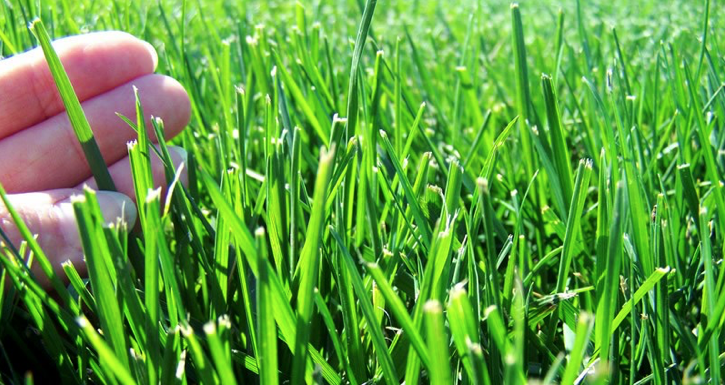New water restrictions are spurring Fairfield and Westchester Counties independent school facility managers to take a closer look at sports turf health as Connecticut and New York enter year three of drought concerns and declines in historic reservoir levels.
“Basically, we want to educate people to use only as much water as necessary to achieve healthy, natural turf playing fields,” said Bruce Moore, Jr., ELM’s vice president of operations and second-generation horticulturist who has taken the lead in ELM’s conservation advocacy efforts. “Our customers will be asked to cut watering by half. As a result, we’re taking a look at every aspect of how school sports fields are used, how to keep surface ball bounce and player footing, and how our landscape team can keep turf hydrated and healthy for all forms of student activity, including band practice, summer camps and student athletics.”
In the coming months, ELM will be working with campus managers to evaluate the performance of heavy use playing fields and review options for achieving healthy turf using less water. This includes considerations for the installation of high efficiency irrigation systems, course correcting existing systems, and implementing new ways to care for performance grass in order to reduce water usage.
According to the Town of Greenwich Water Commission and the Southwest Region Drought Group of the Connecticut Irrigation Contractors Association, new watering guidelines are expected to potentially cut irrigation run times by an estimated 50%, or more.
To ensure school playing fields remain resilient and use whatever level of water is allowed more efficiently, ELM suggests the following:
• Implement regular water uniformity tests (audits) to correct system inefficiencies.
• Ensure that the existing irrigation equipment and system is operating correctly.
• Use soil probes or soil moisture measuring devices to fine-tune irrigation.
• Work with facility managers to plan deficit irrigation strategies.
• Retrofit irrigation systems or install systems that offer greater uniformity, such as drip or other alternative
• Alter mowing approach, maintain at the tallest allowable height for the turf type; mowing goal to create root density (thereby more drought resistant) and tight canopy to reduce EVT and improve moisture retention.
• Alter fertilization practices to avoid excessive top growth and produce greatest rooting.
• Apply wetting agents and turf ‘sunscreen’ products that cut out UVB rays and protect against evaporation.
• Aerate to reduce soil compaction and thatch, and improve water infiltration rate and water use efficiency.
• Avoid runoff by ensuring that water application is not greater than the soil’s ability to absorb it.
• Repair systems to increase uniformity and reduce overlap.
• Identify water drainage deficits and drain lines and repair.
• Re-contour, prep, and re-sod the field as needed to correct performance inefficiencies, prevent sloping, puddling, and oversaturation.
ELM’s natural sports turf management program considers:
• Type of playing surface, performance criteria, and sport-specific use patterns.
• Local municipal compliance codes and evolving water agency regulations.
• Value-add, long-term strategies to save on all-in costs.
• Ongoing management and maintenance of soil health.
• Requirements for safe, non-toxic, organic fertilizers and soil amendments.
• Options for computer-driven technologies, weather based, precipitation sensors, and real-time remote-controlled irrigation systems.
• Site-specific irrigation equipment (in-ground systems, traveling systems, sub-surface micro options).
• The knowledge and expertise of a highly-specialized team of landscape and irrigation/water management professionals.
Moving forward, conversations about water conservation will grow from uncertainty to action as large commercial and institutional properties and schools understand that landscape drought response is not just for this year, but looking ahead at longer-term planning horizons. With wild swings in precipitation, with an exceptionally wet winter, and still low reservoir levels, the discussion about water will be focused on its efficiency.
To learn more about ELM’s sports turf program, water management action plan, and reducing your landscape’s vulnerability to drought, contact Bruce Moore at 203-316-5433.
(Photo: Tall fescue, a multi-tasking and durable turf grass commonly used as a playing surface in Connecticut independent schools).

